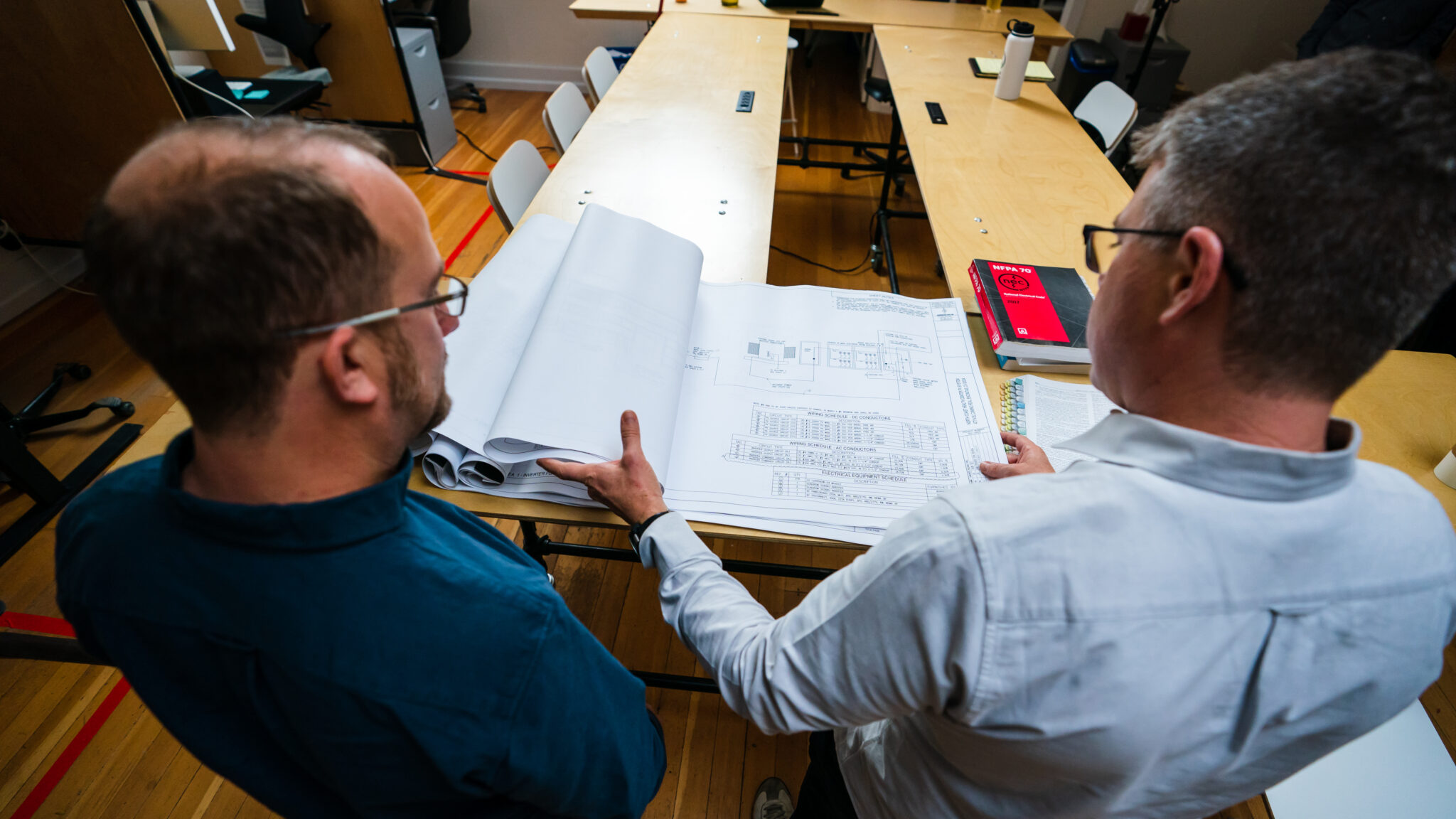
Technical Article
Grow Faster and Smarter through Third-Party Solar Design Expertise
It’s no secret that the solar industry is growing quickly. Per the latest Solar Energy Industries Market Insight Report, even in the face of a once-in-a-generation pandemic “solar accounted for 46% of all new electricity-generating capacity added in the US in 2021, the third year in a row that solar made up the largest share of new capacity.” Residential, commercial and community solar, and utility-scale installations all hit record highs last year. Barring further supply shocks or swift regulatory changes, forward-facing projects show strong, continued growth well into the 2030s.
To complicate matters, tight labor markets and persistently high soft costs such as permitting and customer acquisition are making it hard for contractors to adequately scale. Thus, an industry that once struggled to generate demand is suddenly struggling to meet it.
In this article, we will overview one strategy to overcome the challenges of meeting skyrocketing demand: third-party outsourcing.
What is third-party outsourcing?
A typical solar project is driven by two key parties who are present and engaged throughout the sale, design, installation and commissioning of the system: the contractor or developer and the customer. Anyone beyond these two primary stakeholders can be considered a third party.
Third parties are often specialized service providers who handle one or more parts of a project on behalf of another client. Examples of third parties could include independent engineers, design firms, consultants, or software tools.
Developers with sufficient scale and resources might choose to build or sustain many of these specialized services in-house. However, the lion’s share of solar contractors and EPCs do not have the revenue to support this luxury. Per a Q4 2020 Solar Power Investor market report, 95% of residential solar contracting companies have less than $5 million in annual revenue, and 84% have less than $1 million in annual revenue. Installers in these tiers will likely have to outsource portions of a project to third parties. While this may seem like a detriment, in many ways strategic outsourcing is beneficial for contractors of all sizes.
What are the benefits of outsourcing?
Scale faster to take on more projects. Most contractors lack the sufficient internal resources required to scale to meet the demand in their region. Rather than be limited by the size or expertise of their in-house staff, contractors can seek third-party support to sell and fulfill more projects. Outsourcing sales, project management, design, engineering or other specialized skills allows contractors to focus their internal efforts on what they already do well—selling more projects in the process.
Avoid hiring and training headaches. Hiring and onboarding new employees is cumbersome and resource-intensive, particularly for developing and technologically complex industries like solar-plus-storage. In place of hiring, existing employees at small-to-medium sized contractors often grow to take on multiple roles. For these contractors especially, utilizing third-party service providers may be easier and more cost-effective than training and hiring highly specialized workers.
Keep up with the industry. The solar industry is exceptionally dynamic. Innovative new technologies frequently enter the market. Codes and standards regularly update and vary widely across the US. All industry stakeholders are subject to paradigm-shifting government regulations at a moment’s notice. Contractors cannot, and should not, be expected to keep pace with the near-constant rate of change. Specialized third parties have compressed skill sets and can much more easily stay up to date on the latest information within their domain.
Solve problems more quickly. Technical challenges will inevitably arise before, during, and after system installation. Whether or not a contractor has adequate resources to solve those problems in a timely manner is another challenge in itself. Here, strategically outsourcing technical issues mid-project can not only save in-house resources but also keep projects moving forward on schedule and within budget.
If strategic outsourcing might make sense for your business, we’re here to help. We handle project design overflow for contractors with in-house design teams and we offer our deep knowledge of products, system design, and code compliance through our affordable, retainer-style technical consulting service. If you’re interested to get started or learn more, fill out this quick form to get in contact with our team of experts today.

